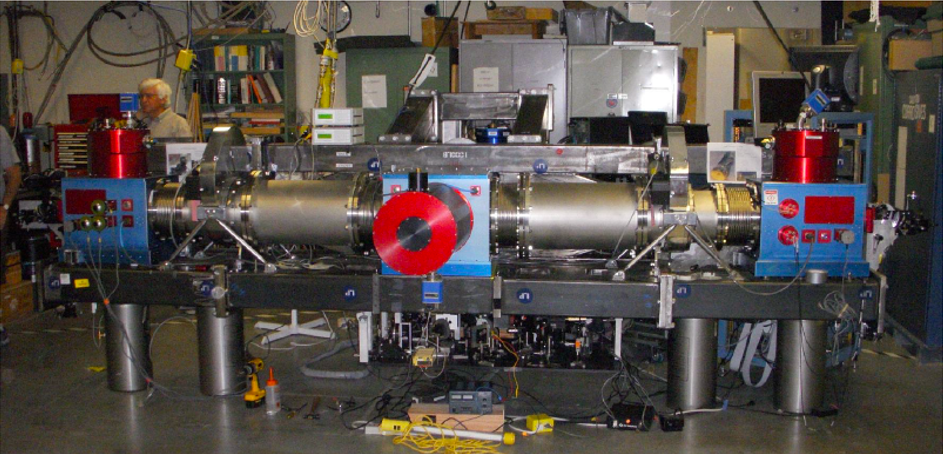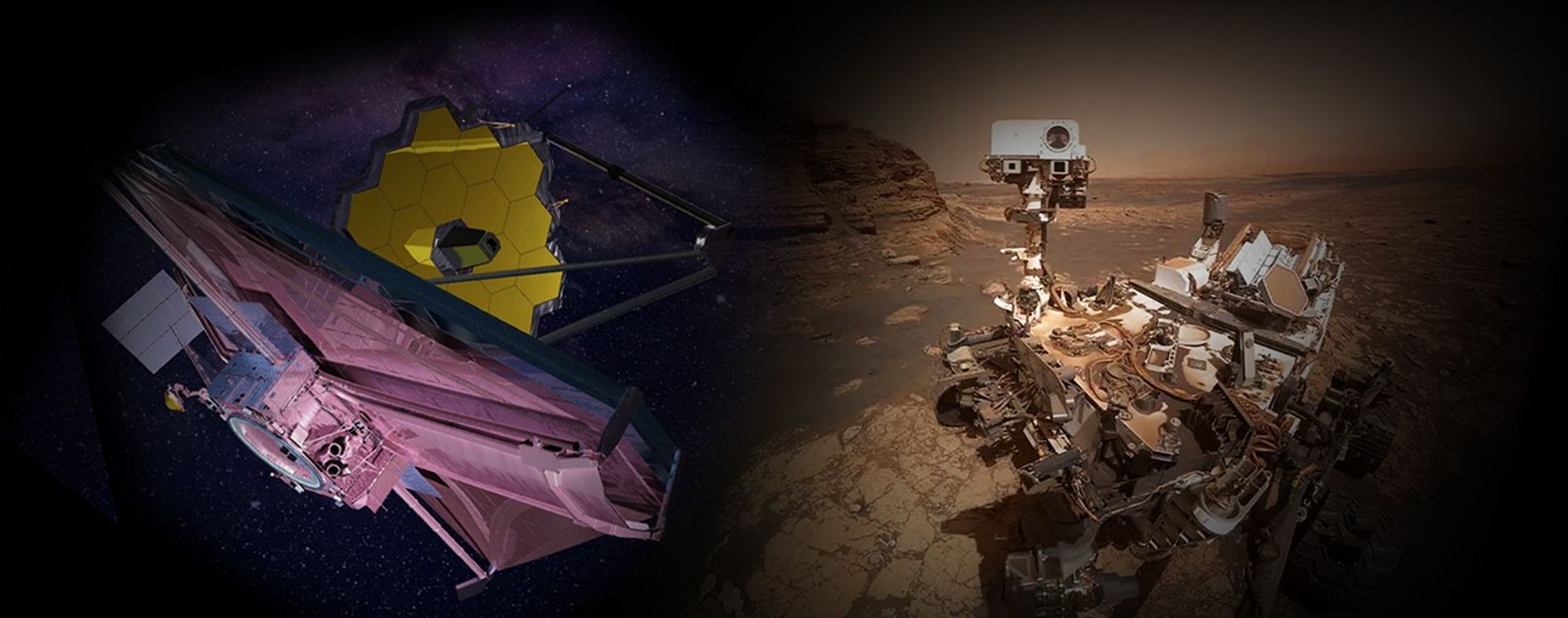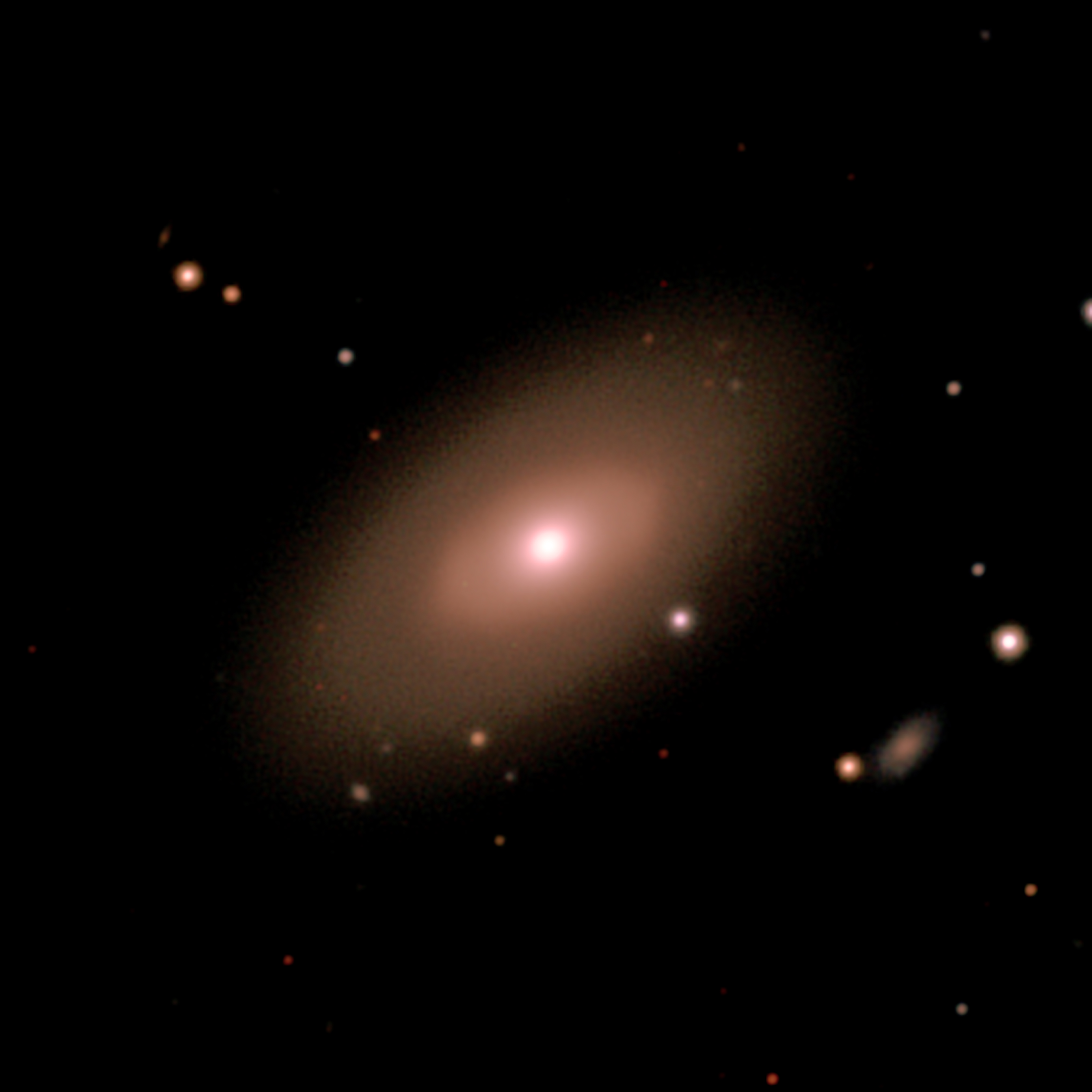PROJECT
Large Binocular Telescope Interferometer (LBTI)
SNAPSHOT
The search for and characterization of extra-solar planets (‘exoplanets’) that might host life is one of NASA’s highest ambitions. But observing exoplanets and distinguishing them from the scattered light coming from the stars that they orbit is a difficult challenge. Nulling interferometry is a method by which starlight can be suppressed to a high degree, enabling the planetary systems to be directly observed. This technique has already been used to look for dust (debris material from comets and asteroids) that could obscure the light reflected from rocky planets, and may provide a pathway for future imaging of Earthlike planets.
Interferometry takes advantage of the wave-like nature of light by combining light from different beams in such a way that the wave ‘crests’ in one beam overlap with the ‘troughs’ in another, canceling each other. Bracewell nulling interferometry, proposed by R. N. Bracewell in 1978, combines the light beams from two separate telescopes that are both pointed at the same star. If the light path lengths from the star through the two telescopes to the detector are kept one half-wavelength away from being perfectly matched, then the images of the star in the two beams will cancel one another. The light from objects next to that star will generally take paths through the two telescopes that do not meet this condition and thus images of those objects will not cancel. It is as though the sky were being observed through a mask whose transmission varies sinusoidally along the axis separating the two telescopes. In this way, Bracewell nulling interferometry enables faint planetary systems to be observed, free from the glare from their host stars. To observe a star’s habitable zone—the region surrounding the star where the temperature permits liquid water to exist—these nulling observations are best done at light wavelengths near ten micrometers since the thermal radiation of an object at the temperature of liquid water is strongest at these wavelengths.

NASA’s Jet Propulsion Laboratory and its partners have executed a series of projects over the past two decades to demonstrate and refine the capabilities of ground-based nulling interferometry for exoplanetary research. The first demonstrations were led by Phil Hinz of the University of Arizona at the Multiple Mirror Telescope (MMT) on Mount Hopkins in Arizona. Images of the stars R Leonis and alpha Orionis were nulled using light combined between two of the six segments of MMTs’ primary mirror. The nulled images revealed dust surrounding the stars that was previously not visible. These nulling observations did not correct for the optical pathlength variations due to atmospheric fluctuations, and gathered null images by rapidly collecting many frames and selecting those which happened to best cancel the starlight. This approach was refined in the Bracewell Infrared Nulling Cryostat, or BLINC, which was also installed on the MMT. BLINC actively controlled the optical pathlengths for the two light beams to maintain the interference null. BLINC also employed a dispersive element in one of the beam paths. This made the central fringe on the star a null for a much broader wavelength range than was otherwise possible, and allowed BLINC to actively control the optical pathlengths using light at 2.2 microns wavelength using faster, less noisy detectors, while simultaneously performing science observations using light at 11 microns. BLINC also made use of the adaptive optics on the MMT, which correct for atmospheric turbulence, providing flat wavefronts in the two beams so they would interfere with each other more completely.
The Keck Interferometer Nuller, or KIN, at the Keck Observatory on Mauna Kea in Hawaii, dramatically increased the sensitivity of the technique by combining the light from two 10-meter telescopes that were 85 meters apart. Because the fringe spacing is finer the farther apart the two telescopes are, this wide baseline allowed the KIN to observe faint objects much closer to the star than could BLINC, whose mirror subapertures were only a few meters apart. The KIN further separated the light from the left and right halves of each telescope’s primary mirror. By combining the two left sides together and the two right sides together, they created two distinct images of the same region of sky with the central star nulled. These left and right null images were then interferometrically combined with a deliberately modulated pathlength difference between them, which effectively switched on and off the bright fringes, helping to distinguish them from the strong thermal background at the detector. The KIN used these techniques to survey the levels of dust surrounding nearby stars to unprecedented precision.
While the KIN setup provided improved sensitivity to close-in objects, the widely separated Keck telescopes with their individual mounts required the nuller to use optical delay lines tens of meters long to equalize the pathlengths of the starlight from the two telescopes. The length of the delay lines needed to be varied as the telescopes viewed targets in different regions of the sky. This introduced additional background noise to these observations.
Like KIN, the Large Binocular Telescope Interferometer (LBTI) at Mount Graham, Arizona, uses two large primary mirrors (at 8 meters, nearly as wide as Keck’s 10 meters), but the mirrors are installed on a common mount, similar to the two subapertures of BLINC. Thus, like BLINC, the LBTI does not need delay lines. The 14.4 meter separation of the mirrors results in a fringe spacing that allows LBTI to observe the habitable zones of relatively nearby stars. Like both KIN and BLINC, the Large Binocular Telescope uses adaptive optics, in this case adaptive secondary mirrors.
One common problem shared by LBTI, KIN, and BLINC is ensuring that the pathlength control at 2.2 microns is maintaining the precise null at 10 microns. As the amount of water vapor in the atmosphere varies, the degree of light dispersion caused by the atmosphere changes, making the phase relationship between the two observed wavelengths drift over long exposure times. LBTI employs an additional technique, called ‘null self calibration’ (NSC), to account for this effect. NSC was developed by another NASA-funded interferometer project called the Palomar Fiber Nuller on Mount Palomar in California.
The combination of all these techniques culminated in an LBTI survey called the Hunt for Observable Signatures of Terrestrial Systems (HOSTS). Our own Sun is surrounded by dust originating from comets and asteroids, which is visible in the night sky as zodiacal light. HOSTS measured the dust levels around 38 stars in the solar neighborhood, and showed that the likely median dust level is about three times the dust level in our own solar system. This result shows that this exozodiacal light will not prevent currently proposed large space-based telescopes from being able to directly image Earthlike planets around other stars. Even more sensitive surveys are possible in the future by capitalizing on further advances in adaptive optics technology to permit deep nulling of even fainter stars and by using improved, lower-noise mid-infrared detectors. (For additional information, see the list of LBTI HOSTS publications on this Exoplanet Exploration Program webpage.)
This research was carried out by the Jet Propulsion Laboratory, California Institute of Technology, and its partners, under a contract with the National Aeronautics and Space Administration (80NM0018D0004).
PROJECT LEAD
Prof. Phil Hinz, University of Arizona (now at UC- Santa Cruz)

































